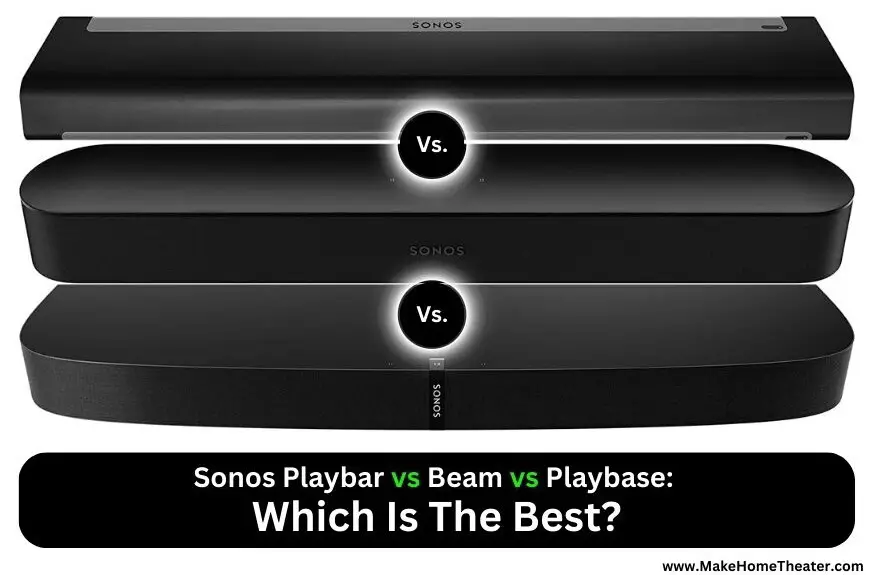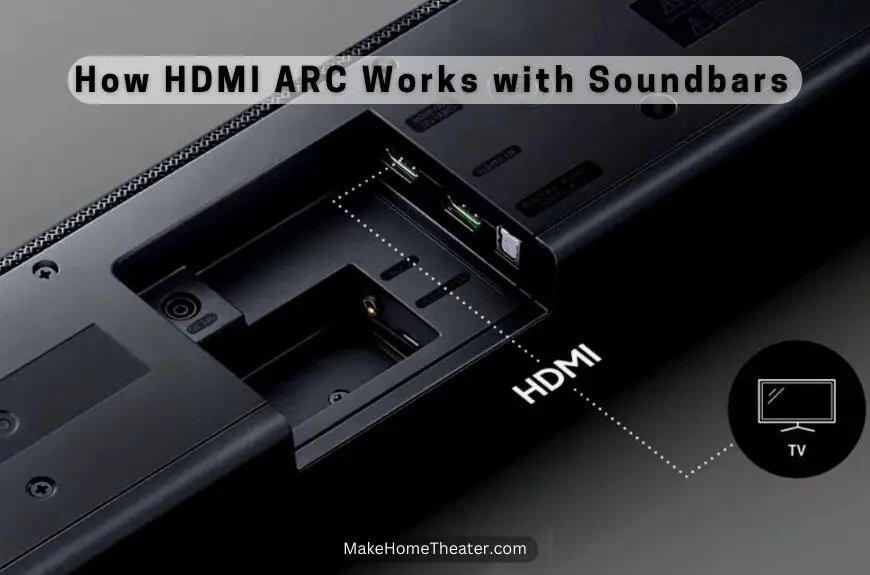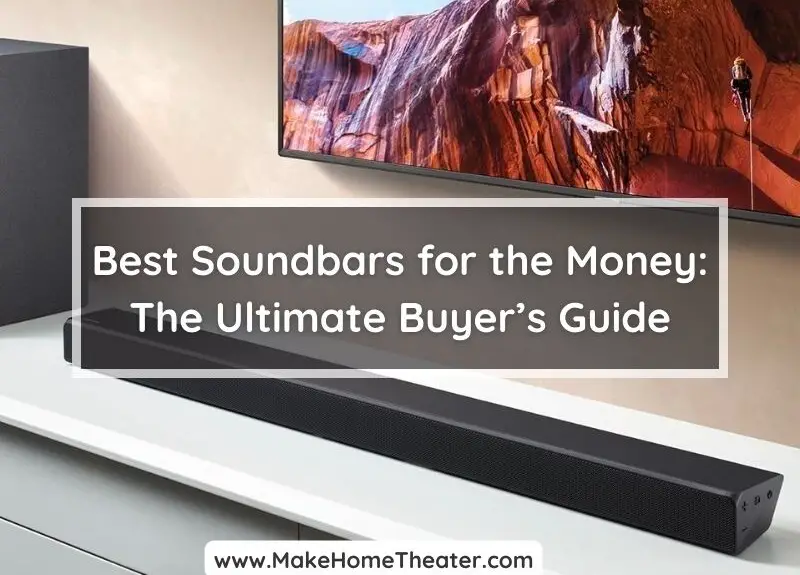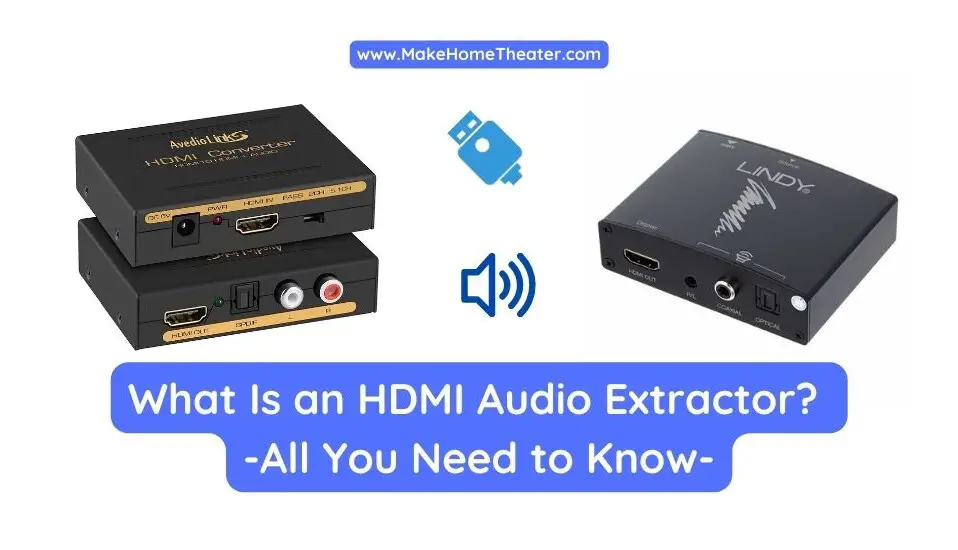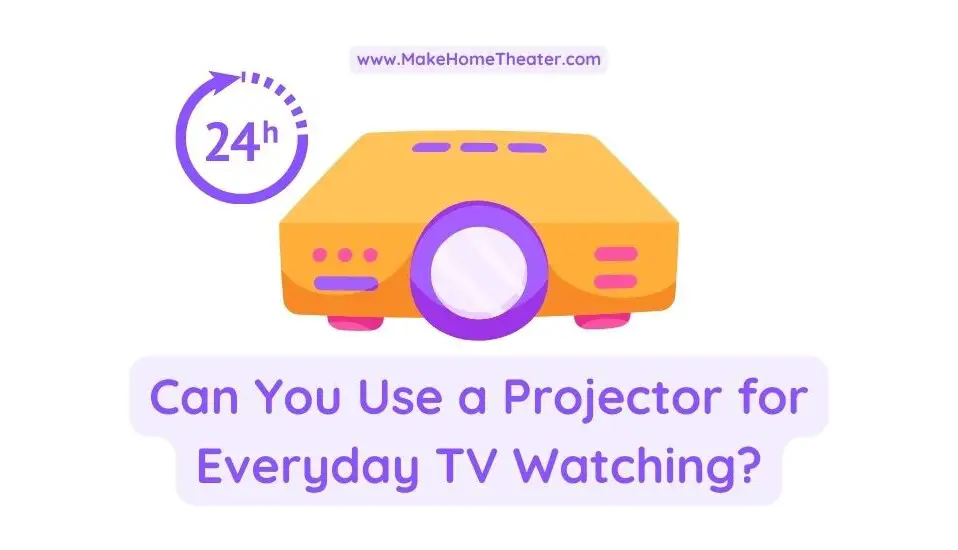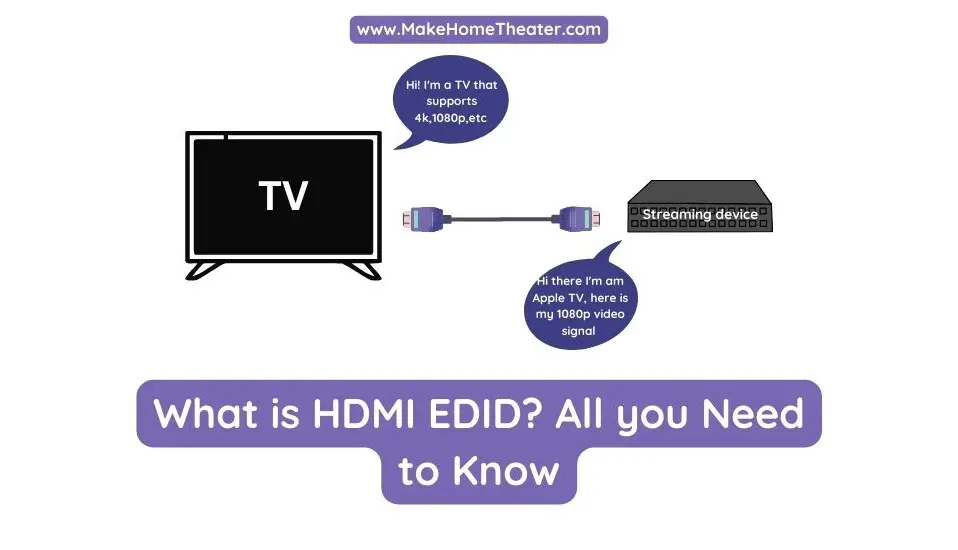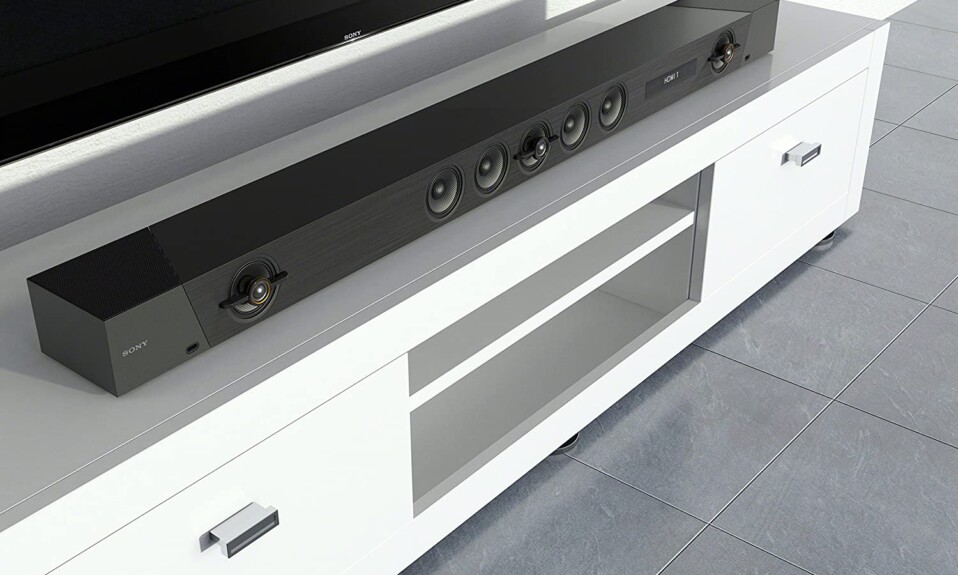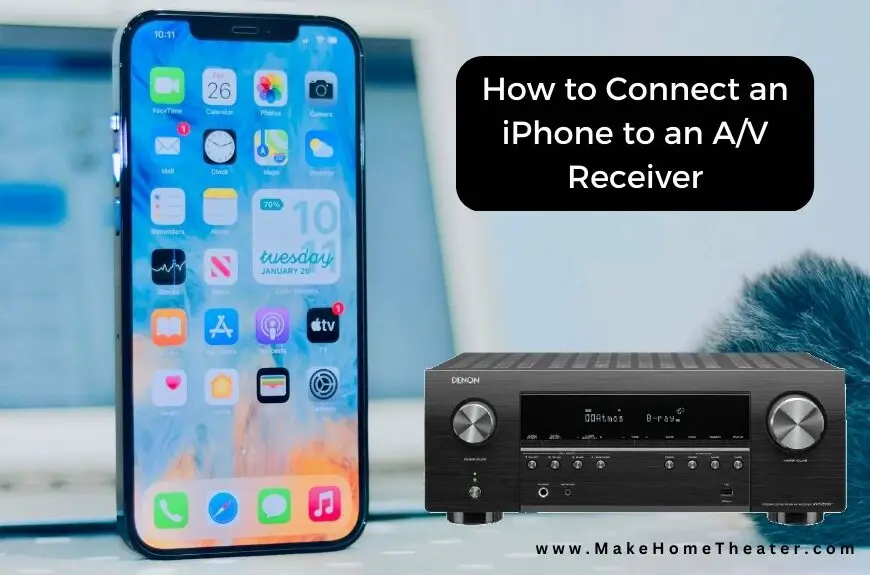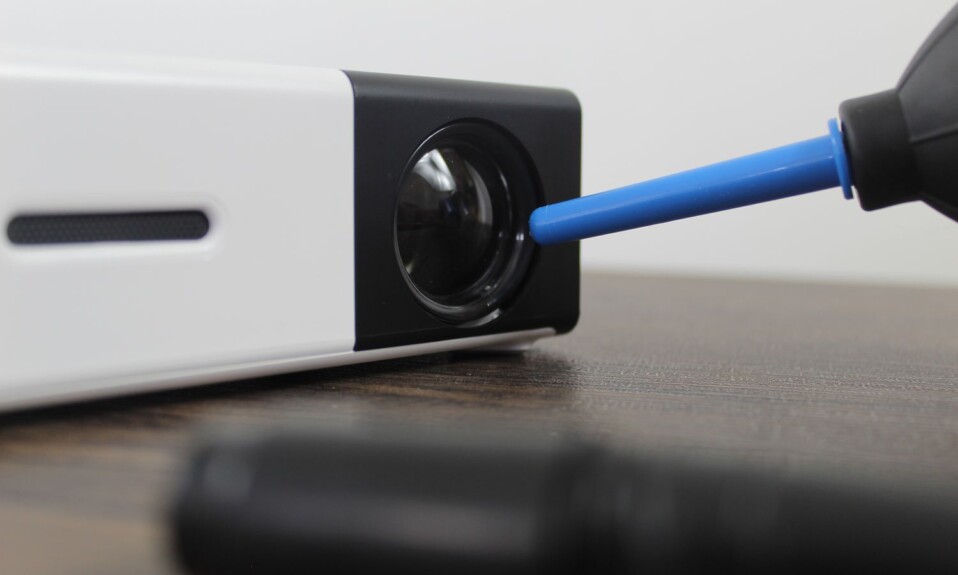When it comes to upgrading your home theater system, Sonos soundbars are a popular choice. The Sonos catalog includes three models: the Playbar, Beam, and Playbase. Each one offers different features and price points, making it tricky to know which one is best for your setup. We will compare: Sonos Playbar vs Beam vs Playbase (On Amazon), And we’ll break down all of these options to help you make the best decision for your home theater system.
First, consider the Sonos Beam. This compact soundbar is surprisingly powerful and offers a great balance of features and price. If you’re looking for maximum power, the Sonos Playbar is a solid choice. But, if you want something discreet that can fill your room with sound without being too visible, the Sonos Playbase is perfect for you.
Keep in mind that there is no one-size-fits-all option when it comes to soundbars. To decide which one is best for you, consider your priorities. Are you more concerned about design, sound quality, or state-of-the-art features? Or, is the price the most important factor?
Suggested: Are Soundbars Worth It? Why You Should Consider a Soundbar?
Table of Contents
Sonos Playbar vs Beam vs Playbase
Here is a comparison table of the Sonos soundbars, the Playbar, Beam, and Playbase, to give you a clear overview of the features and specs of each unit:
| Feature | Playbar – The Mountable Sound Bar | Beam – Smart TV Sound Bar with Amazon Alexa | Playbase – Sleek Soundbase for TVs |
|---|---|---|---|
| Sound Quality | High | Good | Excellent |
| Design | Sleek and modern | Compact and sleek | Discreet and minimalistic |
| Connectivity | Bluetooth, Wi-Fi, and HDMI | Bluetooth, Wi-Fi | Bluetooth, Wi-Fi, and Optical |
| Power | 9 speakers | 4 speakers | 10 speakers |
| Price | High | Mid-range | High |
| Prime | PRIME eligible | PRIME eligible | PRIME eligible |
| Specialty | Larger room, living room, home theater | Smaller rooms | TVs that are not wall-mounted. Home entertainment center necessary |
| Buy | Buy Now (On Amazon) | Buy Now (On Amazon) | Buy Now (On Amazon) |
This table is just a summary of the main differences, and you should take a more detailed look at each of the soundbars’ specifications, to make a more informed decision.
Sonos Playbar, Beam, and Playbase: Pros and Cons
All the Sonos soundbars, the Playbar, Beam, and Playbase, have their own unique features and benefits. They are all great soundbars but it ultimately comes down to what best fits your specific needs and preferences. Consider factors like sound quality, design, connectivity, power, and price when making your decision. It’s also important to take into account the size of your room and the size of your TV, as this will also play a role in determining which soundbar is the best fit for your setup. Remember, it’s not just about the soundbar, it’s about how well it integrates into your home and lifestyle.
Sonos Playbar: Pros and Cons

| Soundbar | Pros | Cons |
|---|---|---|
| Sonos Playbar (On Amazon) | High-quality sound, sleek and modern design, multiple connectivity options Powerful sound Heavy bass Great for larger rooms | Expensive, large and may not fit in small spaces Bulky Back-mounted feet Fewest features |
Sonos Beam: Pros and Cons

| Soundbar | Pros | Cons |
|---|---|---|
| Sonos Beam (On Amazon) | Compact and sleek design, good sound quality, multiple connectivity options Low profile Lowest price More features | Not as powerful as the Playbar, mid-range price Lower max volume |
Sonos Playbase: Pros and Cons

| Soundbar | Pros | Cons |
|---|---|---|
| Sonos Playbase (On Amazon) | Excellent sound quality, discreet and minimalistic design, multiple connectivity options Convenient design Built-in subwoofer Semi low profile | Expensive, may not fit under small TVs History of sound issues No voice control |
Playbar vs Beam vs Playbase: FEATURES
All the Sonos soundbars, the Playbar, Beam, and Playbase (On Amazon), are built with high-quality materials and designed to last. They are all top-of-the-line pieces of equipment that can greatly enhance your home theater experience.
When it comes to sound quality, the Playbar and Playbase offer excellent sound quality, while the Beam has good sound quality. The Playbar and Playbase have a sleek and modern design, while the Beam is more compact and discreet. In terms of connectivity, the Playbar and Playbase have multiple connectivity options such as Bluetooth, Wi-Fi, and HDMI, while the Beam has Bluetooth and Wi-Fi options.
The Playbar has 9 speakers, the Beam has 4 speakers, and the Playbase has 10 speakers. The Playbar and Playbase are more expensive than the Beam.
It’s important to weigh these differences and consider which soundbar best aligns with your needs, preferences and budget.
Design and Build Quality
The design of each of these products is a major differentiating factor. The Beam and Playbase are both newer products, and they are not just updated versions of the Playbar. They were designed with different aesthetics and functionality in mind.
The Playbar has a sleek and modern design, while the Beam has a more compact and discreet design. The Playbase is designed to be minimalistic and subtle while being placed under the TV. All of these designs are intended to seamlessly integrate into the home, allowing the focus to be on the sound experience.
Sonos Playbar – Design and Build Quality

The Sonos Playbar (On Amazon) has a classic soundbar design, with a single long speaker that sits in front of your television or can be mounted on the wall. It measures 35 inches in length, similar to the width of most televisions, and weighs 11 pounds. It’s a substantial soundbar in both size and weight.
When setting up the Sonos Playbar (On Amazon), you have two main options: sitting it in front of your television or wall-mounting it. Keep in mind that if you decide to wall-mount the Playbar, its weight should be considered. It’s important to take care and proper preparation to ensure that it’s properly installed and secured to the wall.
It’s also worth noting that the Playbar has a sleek and modern design that blends in well with most home theater setups, and its size and weight make it ideal for larger rooms with bigger TVs. However, if space is limited or if you prefer a more discreet design, the Beam or Playbase might be a better option for you.
Sonos Playbar
When it comes to wall-mounting the Sonos Playbar, the best way to handle the weight is by making sure that the screws are drilled into studs that can support it. However, this can be limiting in terms of positioning, as it may result in a speaker that is not centered. An alternative option is to use screw anchors, which are easy to work with and can handle the weight of the soundbar without issue. This can be a quick project, but it may not be ideal for those who want to avoid making changes to the walls in their home.
Another option is placing the Sonos Playbar in front of the television, but it can present some issues. The rubber feet are located on the back of the soundbar, which causes the drivers to fire straight up instead of out from the TV, which can affect the sound quality and direction.
Sonos Beam – Design and Build Quality
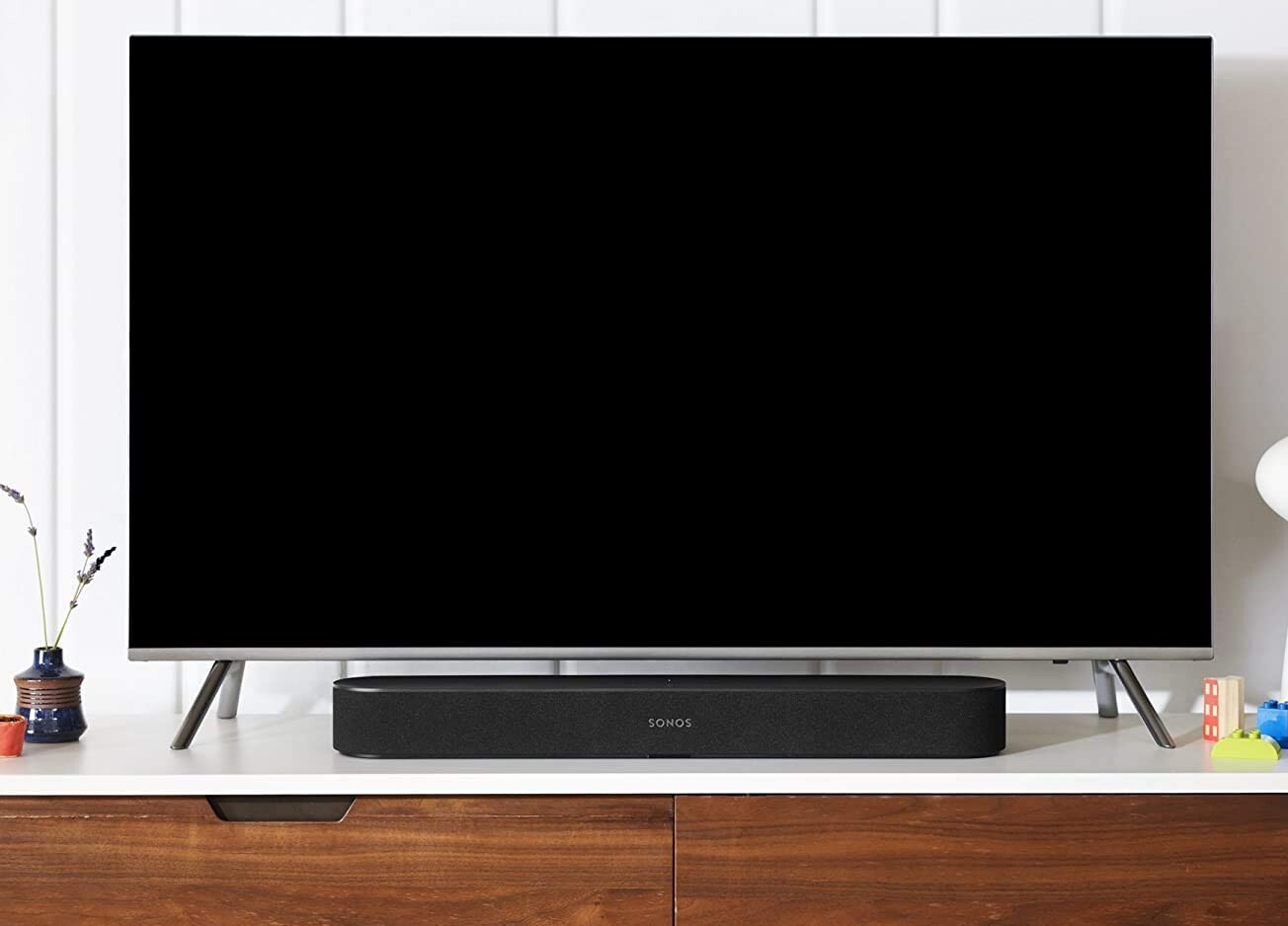
The design of the Sonos Beam (On Amazon) is much more elegant and low profile when compared to the Sonos Playbar. The Beam measures 4 inches deep, 3 inches tall, and about 25.5 inches wide. It’s lightweight, weighing just 6 pounds. This makes it take up significantly less space on your mantle.
Aesthetically, The Sonos Beam (On Amazon) gives you the most modern look of any of the options available. This sleek and minimalist design works great if you need your soundbar to sit in front of your TV. The small form factor will not interrupt your infrared signal.
If you want to mount your soundbar, you can do that with the Sonos Beam by purchasing a wall mount for about $60. However, unlike the Playbar, the Sonos Beam doesn’t have any mounting holes.
One of the more discreet changes to the Sonos Beam is the switch from Optical Audio to HDMI-ARC. HDMI-ARC and optical sound are both improvements over analog audio. In the case of the Sonos Beam, the change does not affect the audio quality in any significant way. The update exists to allow the speaker to use HDMI-CEC commands. This gives your speaker the ability to turn your TV on and off via smartphone control or Alexa voice commands.
Sonos Playbase – Design and Build Quality
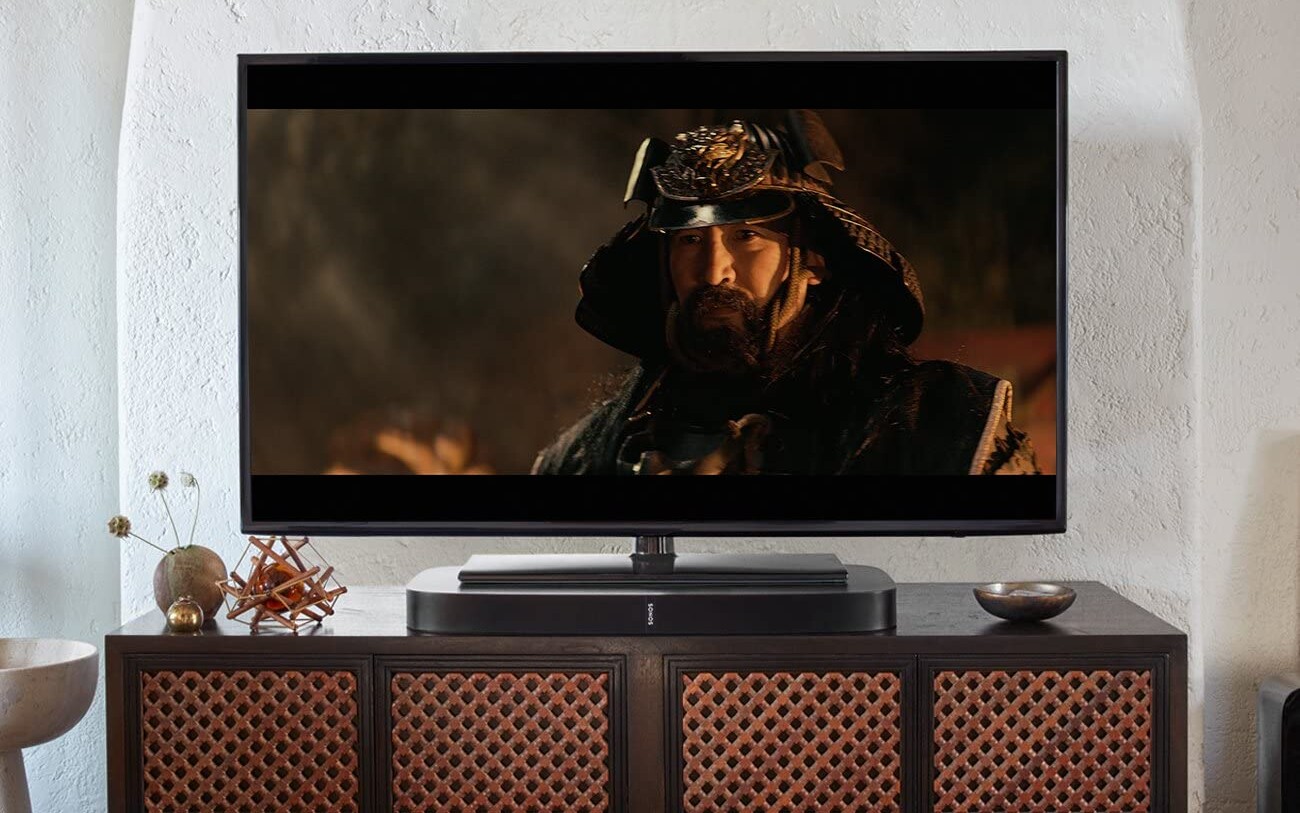
The Sonos Playbase (On Amazon) has a unique design that sets it apart from the other two options. It’s designed to be an actual base that supports your TV. The Playbase measures 3 inches tall, 30 inches wide, and 15 inches deep. It can support a television up to 75-pounds.
If wall-mounting is not an option for you and you don’t like the idea of a soundbar on your mantle, the Sonos Playbase is an excellent option. It’s important to note that the Playbase design may not work well with TVs that have individual legs on either side, rather than a centered stand with a flared base underneath.
The design of the Sonos Playbase (On Amazon) gives it more internal space for the components, which allows for different engineering. This changes the personality and color of the sound pretty drastically. It’s possible that you may strongly prefer the sound of one over the other.
Sound Quality
theater experience. However, the best option for you will depend on how you plan to use it and the setup of your home theater.
Each soundbar has its own unique design and traits, but regardless of which one you choose, all Sonos speaker setups are expandable with an ecosystem of additional products. By adding subwoofers and wireless surround sound speakers, you can seamlessly integrate them into your Sonos home theater setup and fill out the room with sound. Additionally, you can set up multiple speakers to project audio into several rooms at once.
This expands the possibilities for your home entertainment setup and allows you to create a more immersive and personalized sound experience. All the Sonos soundbars are great options and by thinking about your needs and priorities you will be able to find the right one for you.
Sonos Playbar – Sound Quality
Don’t be fooled by the size and weight of the Sonos Playbar (On Amazon), it’s packed with nine perfectly balanced and configured speakers that can offer tremendous sound in large rooms. It includes three tweeters and six mid-range speakers, making it great for large home theater rooms.
The challenge with the Sonos Playbar is ensuring you have enough space to set it up correctly. The best option is to wall-mount the soundbar several inches below the television, this will enhance the sound quality and avoid the problem of firing sound upwards.
It’s important to note that the ‘feet’ of the Playbar are installed on the back, which means that if you place it on your mantle, the soundbar will be firing upward. This will affect the sound quality as you will be hearing more of the sound reflected off the ceiling and less of what the speakers are producing directly.
Alternatively, if you mount your Sonos Playbar behind the TV, you’ll still be facing a similar problem. The sound will likely be better than pointing the soundbar straight up, but your television will still interfere and prevent you from experiencing the audio directly from the soundbar itself.
Sonos Beam – Sound Quality
The Sonos Beam (On Amazon) offers a surprising large and full sound for its compact size. The bass, in particular, is likely to impress you the first time you hear it. Despite its small size, it’s equipped with a single tweeter, four full-range woofers, and three passive bass radiators. The passive radiators help give the small speaker a strong bass definition, but it limits the maximum volume when compared to the Playbar.
The only case where the Sonos Beam falls short is in a home theater room that is larger than average or if you like to crank up the volume. Despite its excellent quality and massive sound, oversized rooms would benefit from the extra power packed into the Playbar.
Sonos Playbase – Sound Quality
Sonos Playbase (On Amazon) is mostly similar to the Sonos Playbar in terms of internal components. It is made up of the same 3 tweeters and 6 mid-range drivers, with the addition of a proprietary S-Shaped subwoofer for the bass.
However, customer satisfaction with Playbase has been mixed. Some customers have said that the treble is overpowering and doesn’t match the quality of the bass or midrange. Others have complained that the bass is overpowering, especially when a subwoofer is added to the setup.
In my experience, the treble from the Playbase seemed to be an issue at first but has been resolved with a software update from Sonos. With this update, the Sonos Playbase sounds great, but it doesn’t stack up to the power of the Sonos Playbar and likely won’t impress you as much as the Sonos Beam.
Price & Features
Price is a big factor when considering which product to purchase. The base price between the Sonos Playbar and the Sonos Playbase are similar, but the Sonos Beam can be found for $300 less. With the fact that the Beam is the newest, state-of-the-art and most feature-packed of the three Sonos Soundbars, it instantly becomes an attractive option.
However, it’s important to keep in mind that there may be other costs that come with additional bundles and accessories. Depending on your needs, the cheapest option may become just as expensive. It’s important to weigh the cost against the features and benefits of each product to determine which one is the best value for you.
Sonos Playbar – Price & Features

The Sonos Playbar (On Amazon) on its own is typically priced at $699. If you opt for a 5.1 surround sound package, which includes two satellite speakers and a subwoofer, your total cost would be around $1,678. If you opt for a 3.1 package, which includes the Playbar and the Sonos Subwoofer, it would cost around $1,398.
Being the oldest of the three models, the Sonos Playbar doesn’t have the same features as the Beam or Playbase. Specifically, it lacks voice control or the ability to connect via Airplay 2.
On the other hand, one smart feature of the Sonos Playbar is the inclusion of the IR repeater. A common issue with big soundbars is that they can block the infrared signal of your remote control from reaching your television. However, the Sonos Playbar has a built-in infrared repeater, which passes the signal on from the soundbar to the TV itself. This feature helps to eliminate the inconvenience of having to point the remote directly at the TV, which could be difficult if the soundbar is blocking the signal.
Sonos Beam – Price & Features

Sonos Beam (On Amazon) on its own is usually priced at $399, making it $300 cheaper than the other two options. For a 5.1 surround sound package, you’ll see a similar price difference – around $1,299 for the Sonos Beam, subwoofer, and 2 wireless surround speakers. The discount becomes $100 less if you opt for a 3.1 setup, totaling about $1098.
The price point becomes even more attractive when you factor in the additional features. The Sonos Beam is the only product with voice control and Airplay 2. The voice control feature is specifically tied to Amazon’s Alexa, so if you are using a Google hub, it won’t integrate with the rest of your smart home without another device. This feature is useful for those who want to control their sound system with their voice and want to integrate it with their smart home ecosystem.
Sonos Playbase – Price & Features

The Sonos Playbase (On Amazon) on its own is usually priced at $699. The 5.1 surround sound and 3.1 packages are going to cost the same as the Sonos Playbar. The Sonos Playbase does have an advantage here with its proprietary built-in subwoofer. The extra power of the built-in subwoofer may make it unnecessary, or even overkill, to add the Sonos subwoofer. In this case, it might be more likely that you’ll want to add a pair of satellite speakers instead. Going this route would come out to almost $1,000.
Sonos Playbase does not have the Voice Control feature of the Sonos Beam, but it does have Airplay 2. This feature allows users to stream music, podcasts, and other audio content from their Apple devices directly to the speaker. This feature is useful for those who want to stream music from their iPhone or iPad without the need of additional apps or devices.
Final Words
In conclusion, the best Sonos soundbar for your home theater will depend on your specific needs and preferences. The Sonos Playbar(On Amazon) offers great sound quality and a sturdy design, but it can be challenging to set up. The Sonos Beam (On Amazon) is a more compact and feature-packed option, but it may not be suitable for larger rooms. The Sonos Playbase (On Amazon) offers great sound and an integrated subwoofer, but it may not be the best option for those who are sensitive to treble.
Ultimately, the Sonos Beam 5.1 configuration is a great option, as it offers a good balance between price, sound quality, and features. It is also easy to expand your setup in the future with additional speakers or a subwoofer. Keep in mind that all Sonos products are regularly updated with new software and firmware, so any issues may be resolved in the future.
READ MORE:


